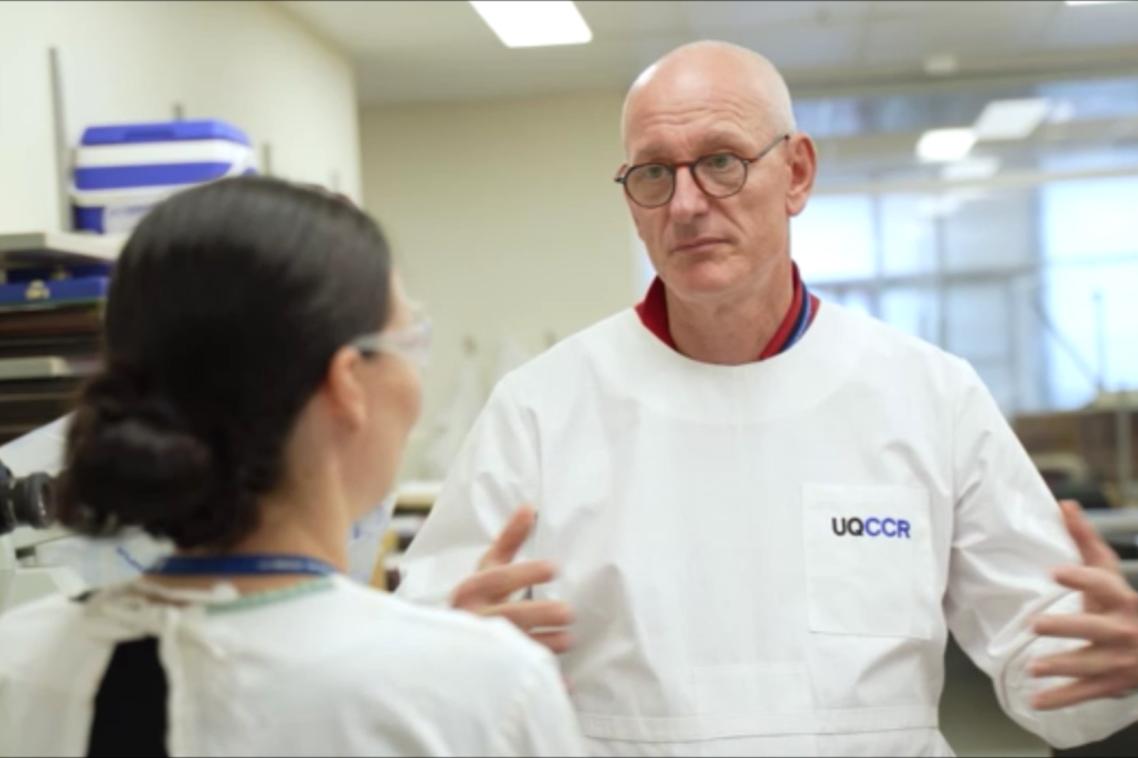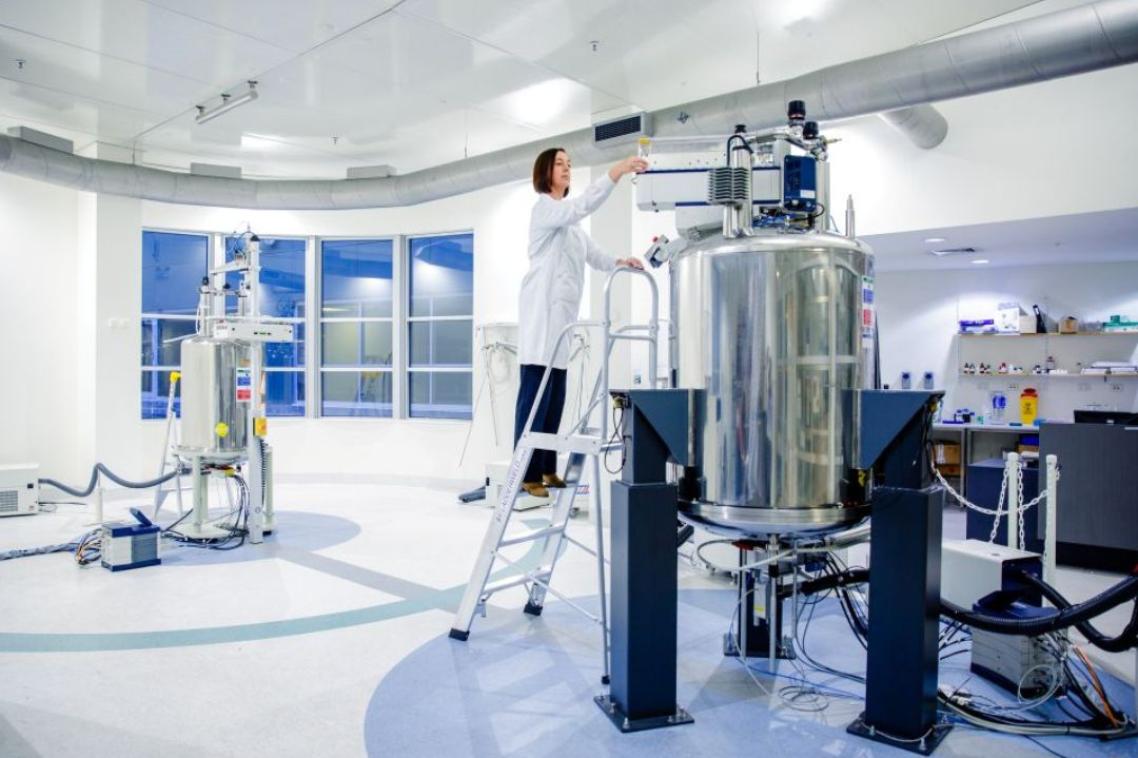UQ researchers identify nerve recovery mechanism following spinal injury
University of Queensland researchers have discovered how nerve cells form new pathways to control bodily organs following spinal injury.
The finding by Physiology and Pharmacology senior lecturer Janet Keast and final year PhD student Mark Kepper may lead to new treatment methods for partial or incomplete spinal damage.
The project examined the nerves leading from the spinal cord and controlling organs including the bladder and reproductive system. Nerves along the first part of each pathway are known as spinal neurons and along the second part, ganglion cells.
The study showed that if damage occurred to any part of a particular pathway, neurons from a neighbouring pathway not only recognised damage had occurred but compensated by forming new connections.
These connections effectively bypassed the damaged sections, re-opening the pathway from the spine to particular organs by providing a new route for messages. The process began within days of the spinal nerve damage.
'We need to understand this compensatory process so that we can make it stronger and stop the bladder and reproductive organs shutting down altogether,' Dr Keast said.
She said the study showed neighbouring, undamaged nerve cells changed their number of receptor molecules for nerve growth factors. This may help them to build new connections with the damaged nerves.
'Our understanding of this process could lead to treatment methods for incomplete or partial spinal cord injury including injection of molecules into damaged sites to form new pathways, nerves being stimulated to make more nerve growth factors or more receptors created along the pathway,' Dr Keast said.
The project was initiated by a three-year, $123,000 National Health and Medical Research Council grant. A new, one-year, $66,000 Spinal Research Foundation grant will now enable the researchers to learn more about the receptor molecules.
Mr Kepper studied the formation of the new pathways using fluorescent dyes and antibodies against receptor molecules. These were observed at high magnification using a confocal laser scanning microscope housed in the laboratories of the Vision, Touch and Hearing Research Centre.
For more information, contact Dr Keast (telephone 07 3365 3334).
Related articles

A meeting of the minds that could transform treatment

UQ experts recognised for national impact
Media contact
UQ Communications
communications@uq.edu.au
+61 429 056 139
